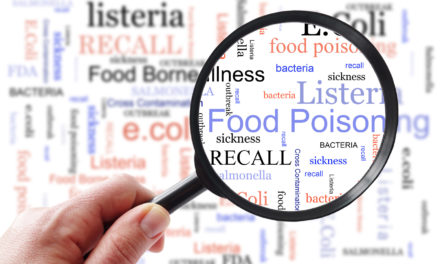This is the drug manufacturer’s nightmare: the phone rings and an FDA official announces an upcoming inspection. Even though they are clearly necessary, FDA inspections are a weight on pharmaceutical companies’ shoulders. Without these inspections, pharma companies cannot keep the FDA’s approval to sell their products.
It is the FDA’s duty to call in advance to announce an inspection, its purpose, duration, and number of people involved. On inspection day, the FDA official will ask to see the top management person on site, and he will show his credentials and an FDA ‘Notice of Inspection’ to that person. Afterwards, a thorough inspection of the facilities will begin, while one or more key employees tag along. After a few days, the FDA will send an ‘Inspectional Observations form’ to the leadership team informing them about any unacceptable conditions they have found in regards to products, processes, or other violations to the FD&C Act.
The results of such an inspection can range from no needed actions to a complete closing of the facilities and administrative, civil, or criminal actions against the company. Normally, the FDA will recommend actions to improve operations in line with the FD&C Act.
Given the serious nature of this process, it is necessary to plan ahead and be ready for the eventual call. Here are 5 tips to welcome the FDA with a smile on your face:
1. Implement regular internal FD&C Act compliance training
The best way to ensure a successful FDA inspection is to ensure the facility complies with FDA regulations. Every employee must be aware of the products and processes’ FDA standards for the area he or she tends to. Employees have to be trained to stay calm, be respectful, and follow the FDA official’s requests, as well as to know their rights about what they have, or not have, to say or show the FDA.
2. Identify and work on weaknesses
Smart professionals work on identifying the weaknesses that could attract the FDA’s attention before this happens. Some examples are potential contamination, under maintenance, and unclean areas.
3. Select key people to accompany the FDA official
Train two or more employees who supervise the major processes to follow the FDA official. Teach them how to treat and interact with this person.
4. Write an operations manual
Operations manuals should be the main reference in the facility. Employees must have continuous access to them in order to check actions and steps to maintain FDA compliance at all times within their areas. This provides education and encouragement to go through any inspection with confidence.
5. Make regular FDA compliance checks
Don’t wait until the FDA is there to identify the problem areas, identify them yourself and work with your personnel to fix them. This will give your people confidence because they know what they are dealing with and they know how to solve it.
FDA inspections are normally not happily welcomed because they require a lot of additional resources and energy, however, every pharmaceutical consultant will tell you that being prepared is not only the best way to pass the inspection, but also to get your business under control and avoid worrying about what is out of your hands.
If you liked this article, tell all your friends about it. They’ll thank you for it. If you have a blog or website, you can link to it or even post it to your own site (don’t forget to mention www.smartpharmaconsulting.com as the original source).
Don’t Forget to Subscribe by RSS or Email:




